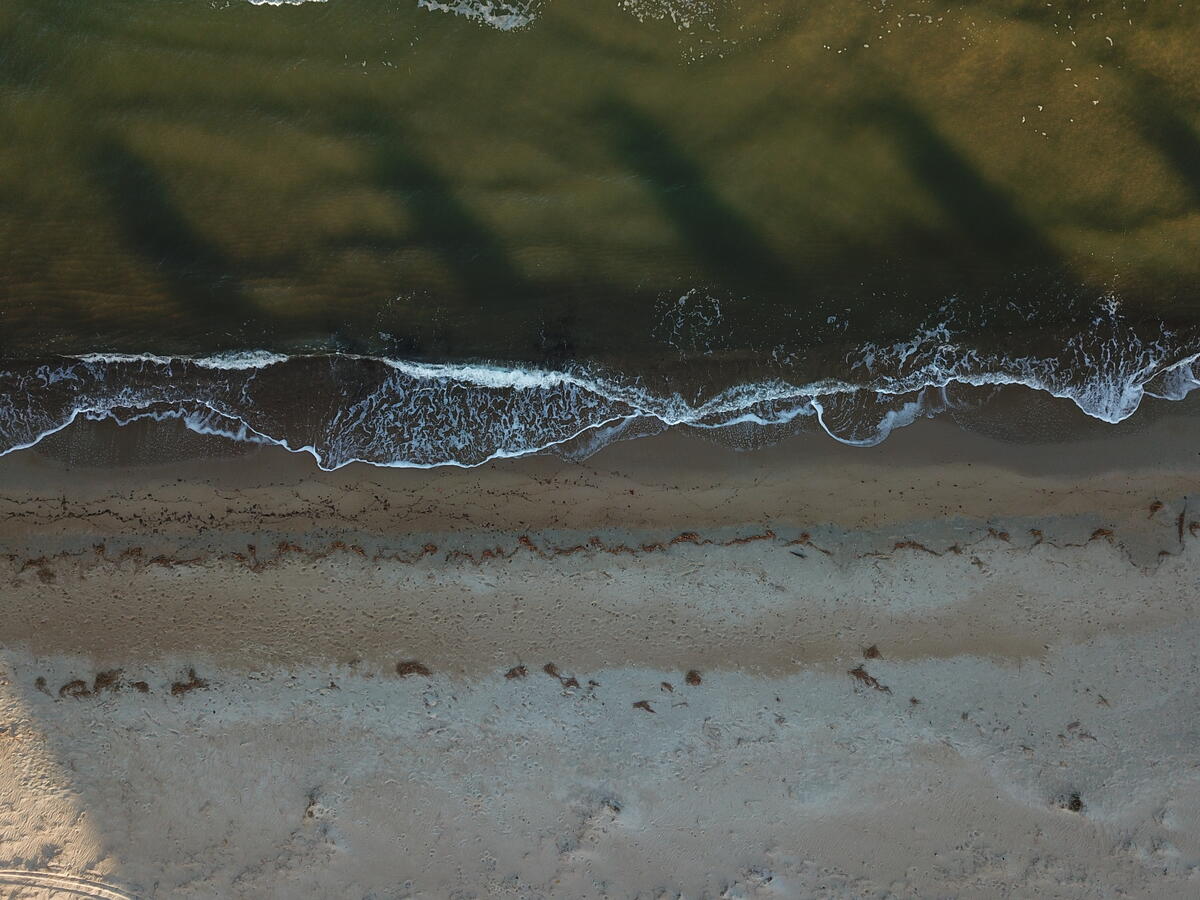Virginia Conservation Network, a statewide coalition of 170 conservation partners, released its 2025 Common Agenda this year, providing a comprehensive overview of Virginia’s environmental policies and priorities to lawmakers and stakeholders. Detailed in the agenda are three key opportunities for lawmakers to continue progress on flood resilience initiatives.
While hurricane season officially ended on November 30, many Virginians in the southwest region are still recovering from the devastating impacts of Hurricane Helene. We stand with those communities as they recover and must remember that now is not the time to lose focus on reducing the risk of increasing climate-driven storms and disasters. According to the agenda’s co-authors from EDF’s Climate Resilient Coasts & Watersheds Virginia program, the following three flood resiliency opportunities should be a critical focus in the coming year.











